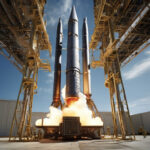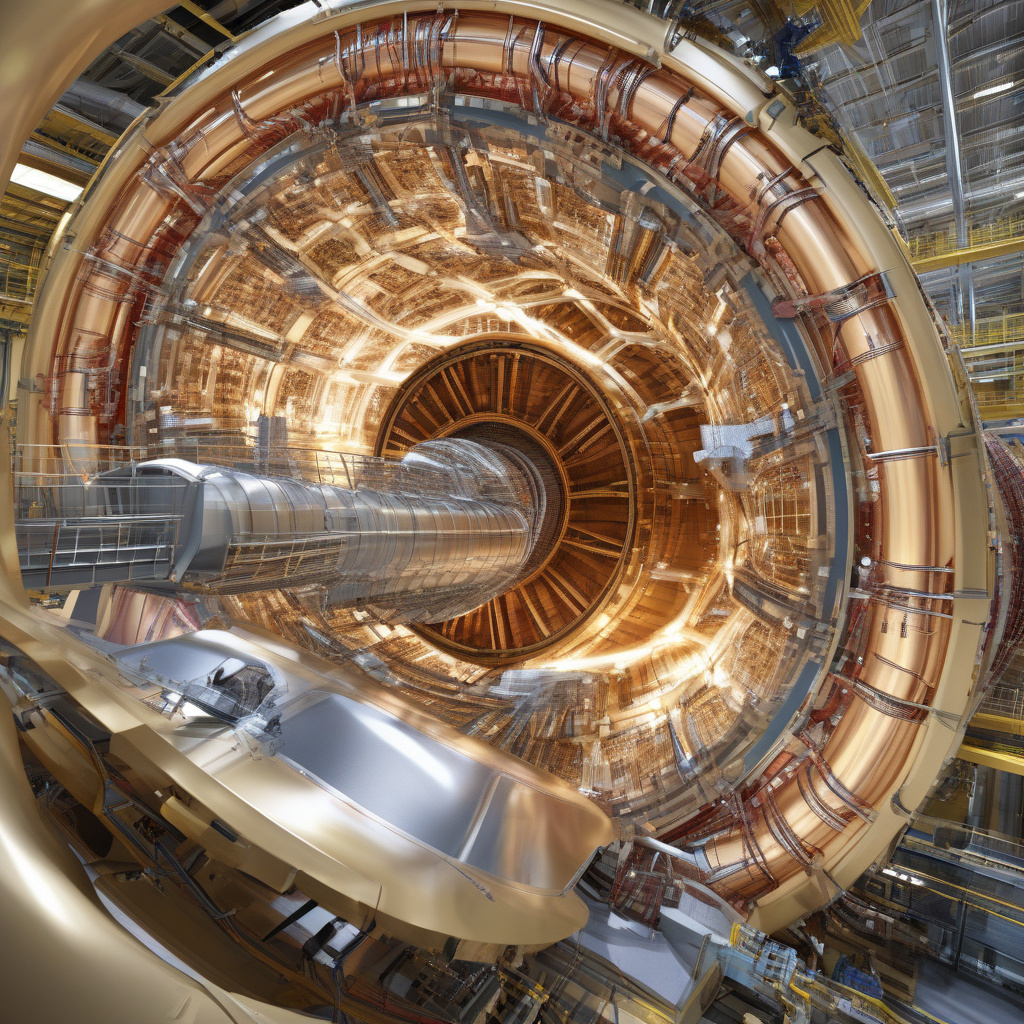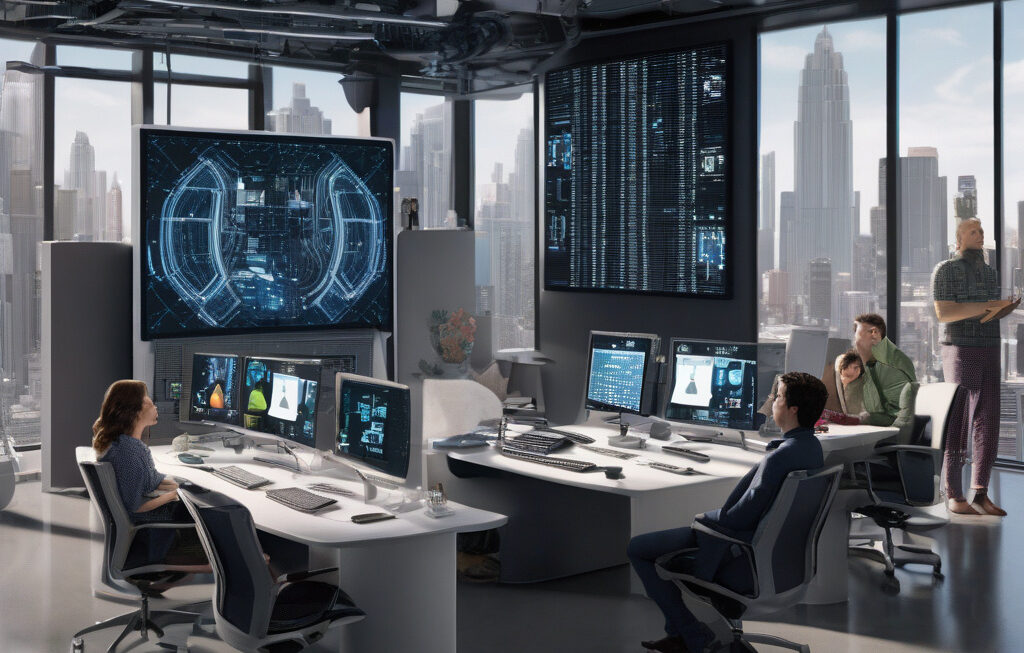New Chip Captures 1.5 Billion Particle Collisions per Second at CERN
A new specialized, radiation-hardened chip has been designed for CERN’s Large Hadron Collider (LHC) upgrade. This cutting-edge chip is a game-changer in the world of particle physics, allowing for the capture of an astounding 1.5 billion particle collisions per second. This breakthrough technology is poised to revolutionize our understanding of the universe and unlock the secrets of the building blocks of matter.
The Large Hadron Collider is the world’s largest and most powerful particle accelerator, located at CERN in Switzerland. It is used by scientists to study the smallest known particles that make up the fabric of the cosmos. The collider works by smashing protons together at incredibly high speeds, creating particle collisions that release a vast amount of energy and exotic particles.
To capture and analyze these particle collisions, scientists at CERN require state-of-the-art technology that can handle the extreme conditions inside the collider. The newly developed chip is radiation-hardened, meaning it can withstand the high levels of radiation produced during collisions without being damaged. This resilience allows the chip to continue operating at peak performance, ensuring that no data is lost during experiments.
One of the key advantages of this new chip is its ability to process data at an unprecedented rate. By capturing 1.5 billion particle collisions per second, scientists at CERN can gather a wealth of information about the fundamental forces and particles that govern the universe. This massive amount of data provides researchers with a treasure trove of insights that can lead to groundbreaking discoveries in the field of particle physics.
Moreover, the high-speed capabilities of the chip enable real-time analysis of particle collisions, allowing scientists to make instant decisions about which data to keep and which to discard. This level of efficiency is crucial in a fast-paced research environment like CERN, where experiments are conducted around the clock to push the boundaries of our knowledge.
The implications of this new technology extend far beyond the realm of particle physics. The advancements made in chip design for the LHC upgrade can also be applied to other scientific disciplines and industries. For example, the aerospace and defense sectors could benefit from radiation-hardened chips for use in spacecraft and satellites exposed to high levels of cosmic radiation.
In conclusion, the development of a new chip capable of capturing 1.5 billion particle collisions per second at CERN represents a significant milestone in the field of particle physics. This breakthrough technology not only enhances our ability to study the fundamental building blocks of the universe but also paves the way for innovation in other scientific and industrial applications. With this cutting-edge chip at their disposal, scientists at CERN are poised to make groundbreaking discoveries that will shape our understanding of the cosmos for years to come.
CERN, Large Hadron Collider, Particle Physics, Chip Technology, Scientific Innovation












